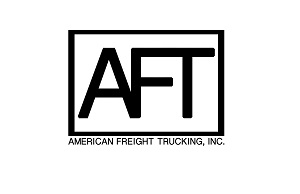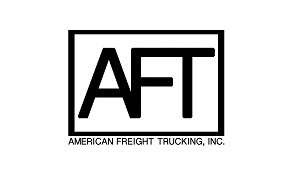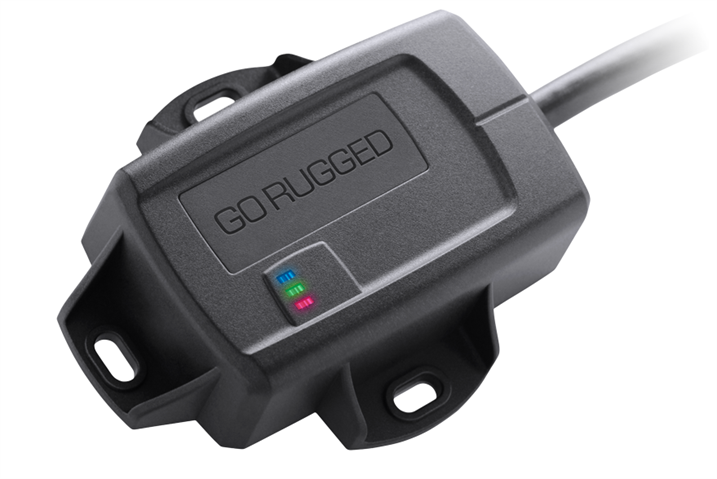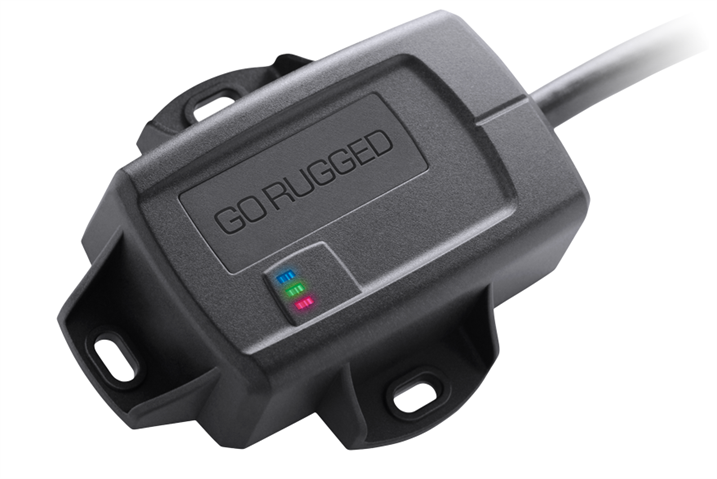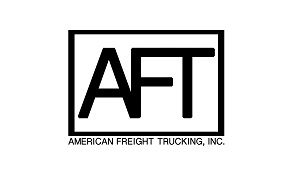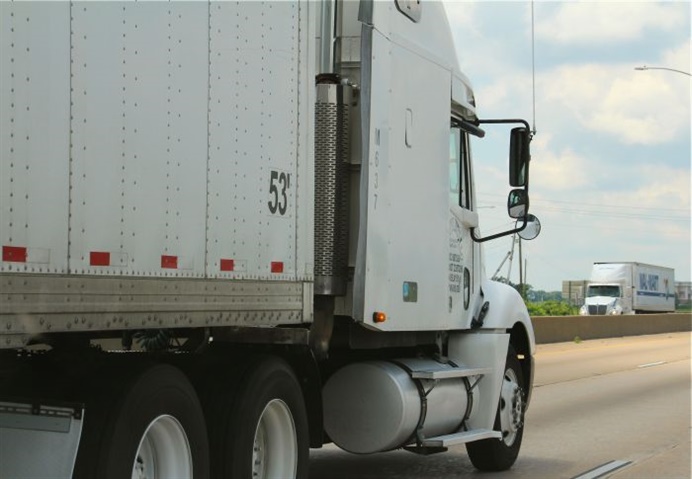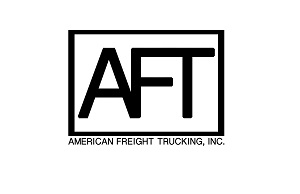TMW Launches Cloud-Based Business Intelligence Solutions

TMW Systems has launched software-as-a-service versions of its Data Warehouse, Data Warehouse Explorer and Visual Analytics solutions that offer business intelligence and analytics for for-hire and private fleets.
The cloud-based solutions are now available on a subscription basis to businesses using select TMW transportation management software and will be available to new customers in the coming months, according to TMW.
Data Warehouse and Data Warehouse Explorer were previously available as on-premises solutions only. These allow fleets to access operational data and answer critical questions regarding multiple areas of a business. The solutions can blend and analyze data from multiple areas such as operations, maintenance, finance and mobile communications to uncover actionable intelligence.
TMW's Visual Analytics allows for drag-and-drop creation of useful visuals and dashboards as well as preconfigured dashboard displays for better visibility and enhanced understanding of the interdependent factors that drive business performance. Users can then drill down to isolate specific issues and identify appropriate corrective actions.
“Big Data can help virtually any transportation business identify and eliminate deeply hidden operational constraints and other issues,” said David W. Wangler, TMW Systems president. “Our new and growing portfolio of SaaS products brings these capabilities to a much larger audience of transportation businesses, including those that might not have the internal IT resources or budget to support an on-premise model.”
TMW is a transportation software provider to fleets, brokerage and 3PL organizations in North America.
For more information, click here.
Related: TMW Report: Carriers Face Declining Utilization
Follow @HDTrucking on Twitter

